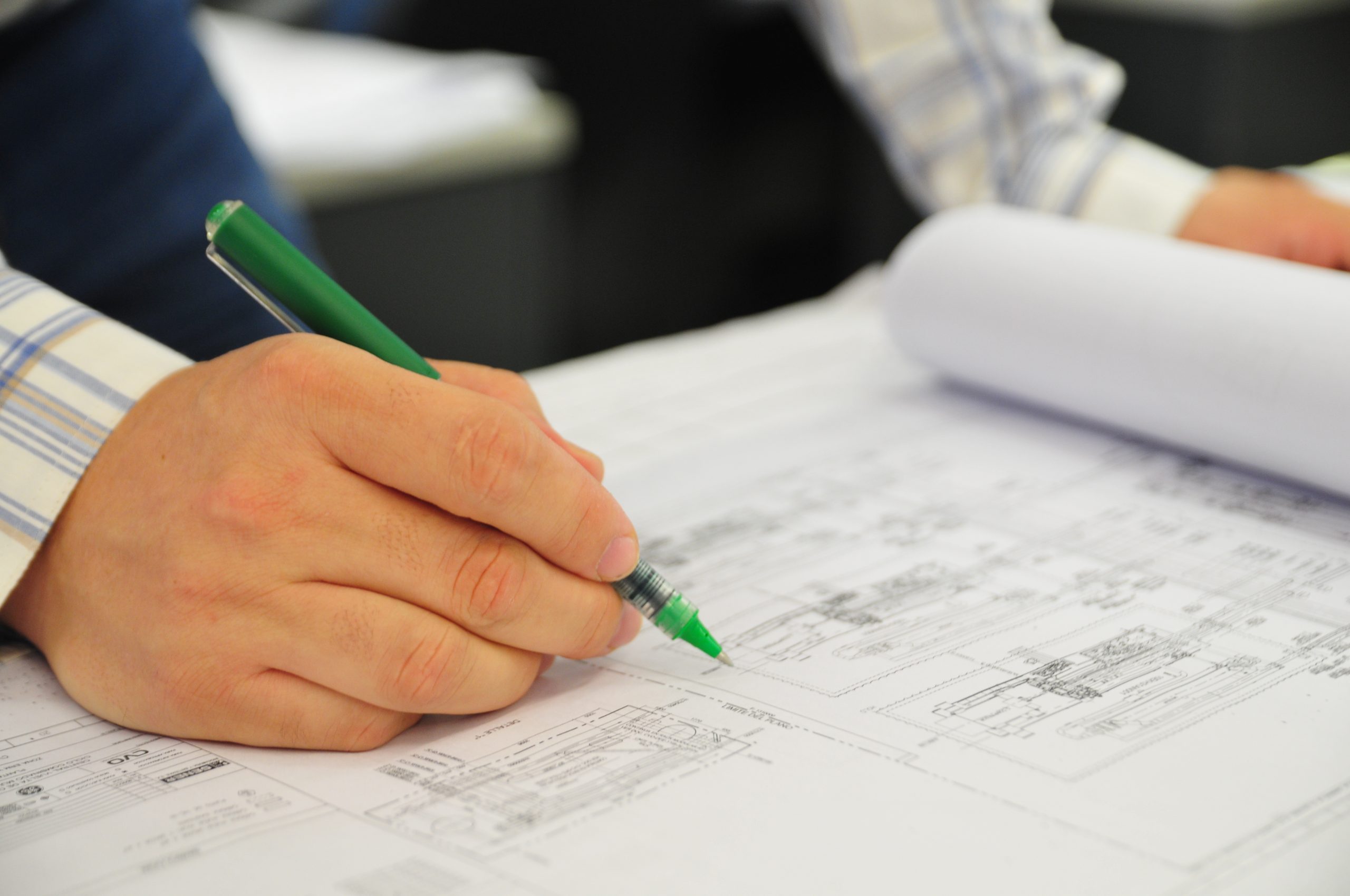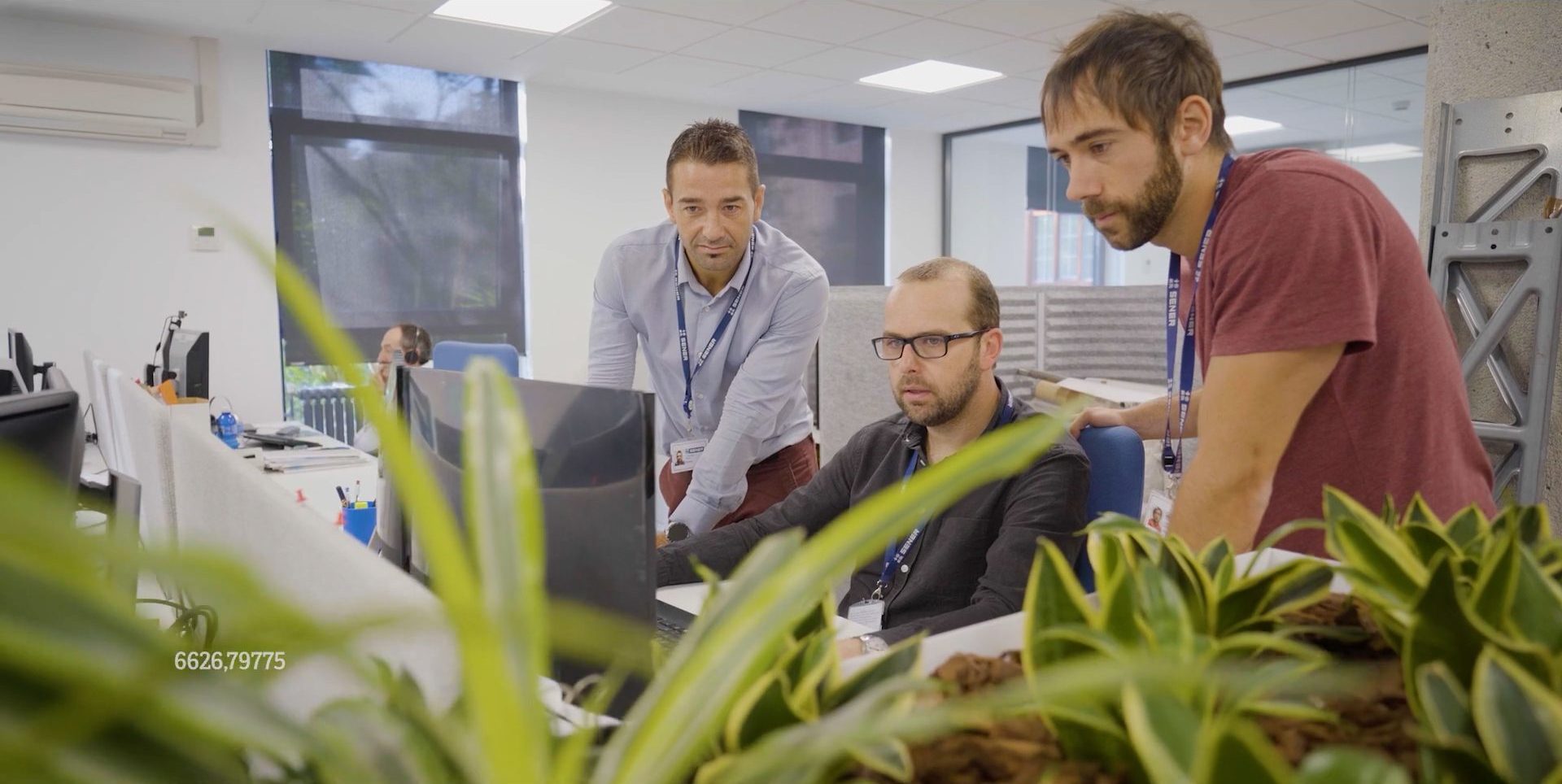













In 2011, APM Terminals Callao (APMTC) took over the management of the North Multipurpose Terminal (TNM) at the Port of Callao in Peru, with a modernization plan structured in different stages. Located 15 kilometers from the capital of Lima, this port is the largest port in Peru and on the west coast of South America. The terminal is a multipurpose maritime terminal with a current capacity of 1,100,000 TEUs and 12,000,000 MT of general cargo. It is equipped to handle containerized cargo, break bulk cargo, project cargo, roll-on/roll-off cargo, and solid and liquid bulk cargo.
Following the initial phases carried out until 2016, the terminal had a large amount of technical documentation, both in physical format (since 1940) and in CAD (for new developments), but without compatibility, traceability, or integration between sources, which made it difficult to identify discrepancies between the different sources.
In this context, APMTC identified the need to consolidate this information into a structured, interoperable, and accessible system. The proposed solution was to create a digital twin of the entire terminal infrastructure, developed by Sener using BIM methodology. This three-dimensional model, accessible from a web environment with an interactive control panel, allows for the structuring of asset information, optimization of decision-making, and anticipation of interference in future projects.
The project was approached in four stages: definition of the asset information structure, field data collection, geometric modeling with technical information, and deployment of the control panel in a web environment. Technical information was captured using advanced techniques such as LIDAR scanning, surveying of underground facility manholes, 360º capture, use of iPads in the field, and cross-checking with historical documentation and CAD.
The digital twin developed by Sener has enabled APMTC to manage its infrastructure assets since 2020.
at the North Multipurpose Terminal of the Port of Callao
Converting a 2D CAD model to a BIM model.
Facilitate planning, redesign, inspections, and analysis with real-time information and scenario simulation. In addition, enable scaled integration with new technologies and management systems that will be implemented in the institution in the future.
Enable technical teams to anticipate conflicts and incompatibilities before starting new projects.
Contact and discover how can we help you with your projects
